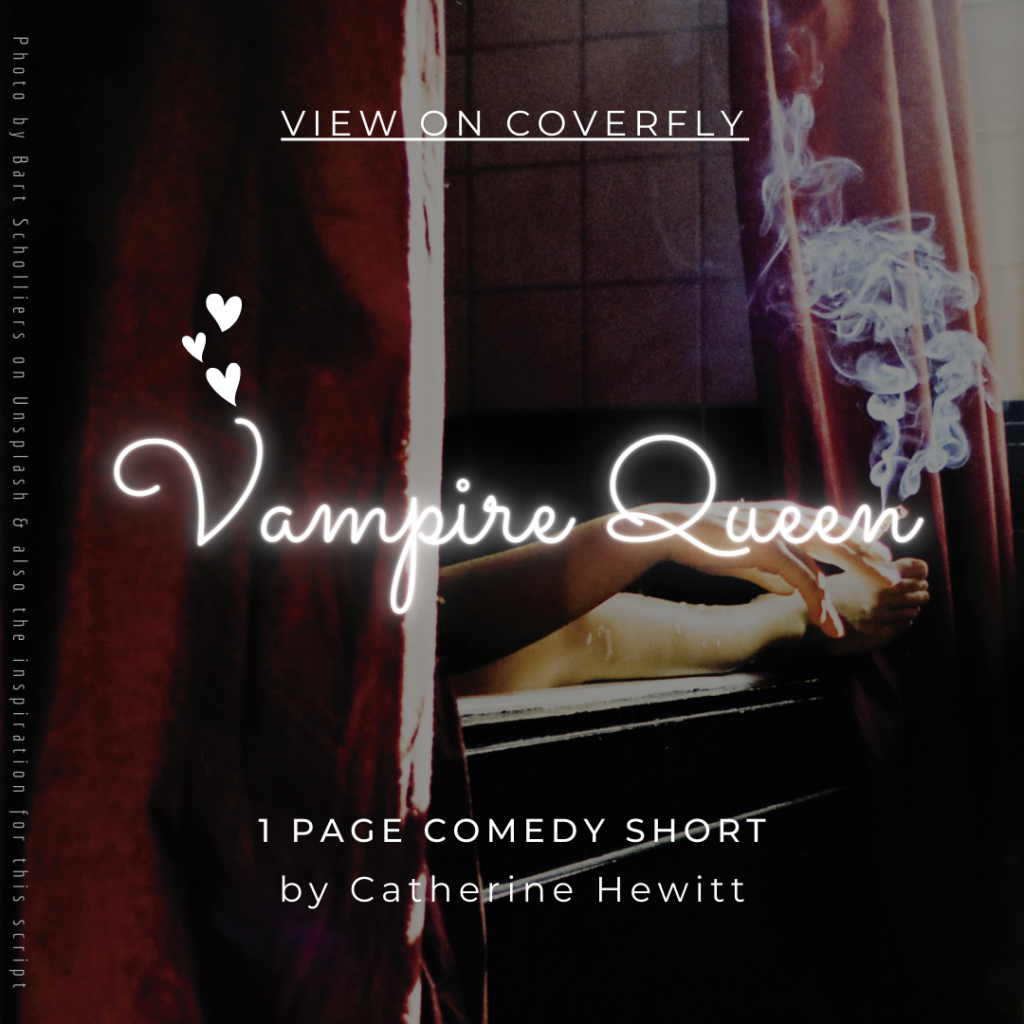Now, if it’s gonna hurt your feelings to learn the truth about your favourite monster, it might be wise to skip this post. Because I’m gonna bust some myths and legends about vampires, werewolves and zombies. You know, those creatures that we love to read and watch on the screen, but probably wouldn’t want to meet in real life. 😉
Vampires, werewolves and zombies have been around for centuries, in different forms and cultures. They have inspired countless stories, movies, games and even memes. But how much of what we think we know is based on facts and how much is based on fiction?

Myth #1: Vampires can’t stand garlic
This is one of the most common beliefs about vampires. Garlic has a strong smell and taste that is meant to repel these bloodsuckers. Some people even wear garlic around their necks or hang it on their doors and windows to keep vampires away. But is there any truth to this?
Well, not really. The origin of this myth is unclear, but it may have something to do with the medieval belief that garlic could ward off diseases and evil spirits. However, there is no scientific evidence that garlic has any effect on vampires (Noctisbellum Inc. has done extensive tests). In fact, some vampires may even like garlic. For example, in the novel Dracula by Bram Stoker, the Count himself eats garlic bread with his dinner. So don’t count on garlic to save you from a vampire attack!

Myth #2: Werewolves only transform during a full moon
This is another classic trope that we see in many werewolf stories. Werewolves are humans who turn into wolves or wolf-like creatures when the moon is full and bright. The full moon is supposed to trigger their transformation and unleash their animal instincts. But is this true?
Not exactly. The connection between werewolves and the full moon is mostly a literary invention that dates back to the 19th century. Before that, they depicted werewolves as transforming at any time of the day or night, or even at will. They added the full moon as a dramatic element to create more suspense and horror. However, there is no scientific or logical reason the moon would affect werewolves in any way. In fact, some werewolves may prefer to transform during other phases of the moon or avoid it altogether. (A topic explored in my novel, Moon, where the transformation at the full moon is a literal curse.)

Myth #3: Zombies are mindless flesh-eaters
This is the most common image that we have of zombies: reanimated corpses that wander around aimlessly, looking for living flesh to devour.
The concept of zombies comes from Haitian folklore, where they are believed to be people brought back from the dead by a sorcerer or a witch doctor. They are not necessarily flesh-eaters, but slaves who obey their master’s commands. They are also not mindless. Magic suppresses their will and personality. But, in modern pop culture, they have portrayed zombies as flesh-eaters infected by a virus or a parasite that destroys their brain functions. This makes them more scary and dangerous, but also less realistic. (I haven’t used zombies in any of my novels so far. I don’t know whether I should or would include them.)
Three myths and legends about vampires, werewolves and zombies that are not entirely true. I hope I didn’t destroy your monster beliefs. If I didn’t, please share it with your friends.
Until next time, stay spooky! 👻
Horror and Fantasy Author – Also writing as K.T. McQueen. Love Western Horror, cowboy boots, my cactus Collin, & my Demon Cat.
Moths – I hate moths, the way they flutter at your face!



